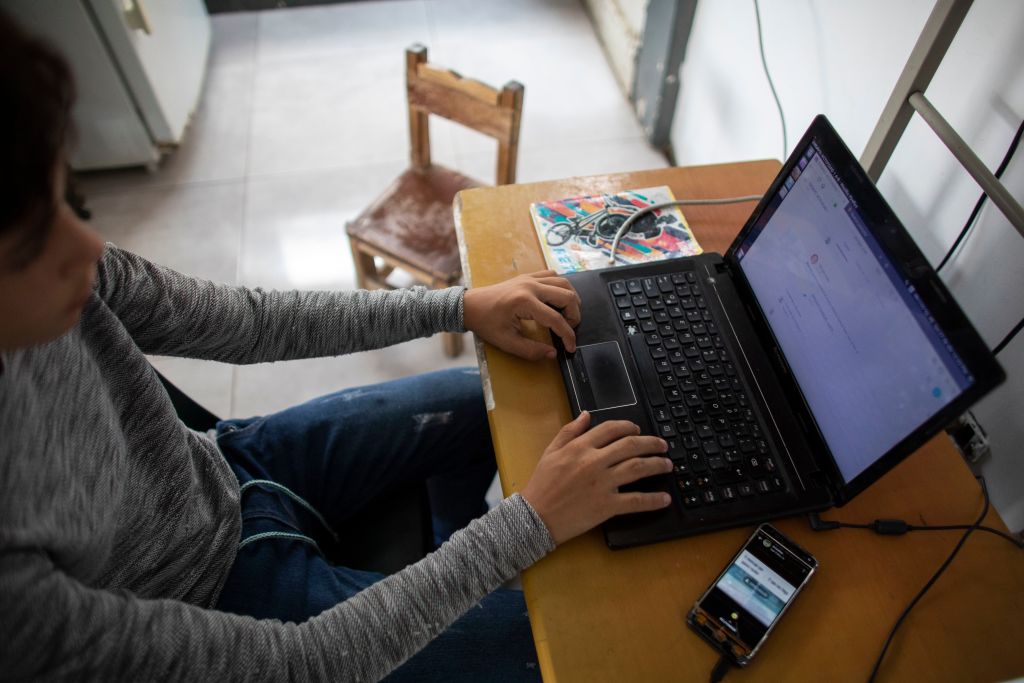If we want to tackle suicide in teens, we need to be able to talk about it in schools

Suicide is the biggest killer of young people in the UK. Yet it is a taboo subject in our schools. This is leaving millions of children more vulnerable than they should be and others ill-placed to help friends who may be contemplating suicide.
Recent research shows that 7 per cent of children in the UK had attempted suicide by the age of 17, and 24 per cent have self-harmed. Suicide among ten- to 14-year-olds increased by a staggering 178 per cent between 2007 and 2017. It is no exaggeration to say that there is a silent suicide epidemic among our young.
There are many factors that contribute to youth suicide. One of them is cyberbullying, which one in five children in England and Wales have experienced. Victims of cyberbullying are 1.9 times more likely to commit suicide and engage in self-harming behaviour as a coping mechanism. Those who inflict cyberbullying are also 1.7 times more likely to commit suicide.
The pandemic dramatically increased loneliness in young people, which has had numerous consequences for physical and psychological health. For instance, it weakens the immune system and increases stress levels. It also makes people more likely to develop mental health issues such as depression.
A recent study shows that overall, one in six teenagers suffer from a mental health condition, up from one in nine in 2017. Despite all this, there is no mention of suicide prevention in the UK’s school syllabus.
Indeed, in 2015, AQA – the largest exam board for sociology A-levels – dropped the topic from its syllabus to avoid “undue distress”.
There is a widespread myth that talking about suicide increases someone’s likelihood of attempting it. In reality, there are a plethora of studies to show that the opposite is true. Depression thrives in isolation, so when we are afraid to address these topics in school, we do little more than further isolate vulnerable students.
I believe it is paramount to start talking about suicide in the classroom. Of course, lessons need to be age-appropriate but there should be a focus on the risks of suicide in the school curriculum.
We must start teaching children how to recognise and respond to suicidal ideation by familiarising them with the signs and symptoms.
If a previously talkative student suddenly goes quiet in class, that could indicate that they are struggling with something. On the flipside, a previously quiet child might suddenly start sharing their every thought.
It may sound obvious, but young people need to be taught to watch out for others threatening or talking about suicide. Most young people considering suicide will provide a warning sign to a loved one.
If a child starts abusing substances, becomes hostile, skips class or is disruptive, then these are all also signs that they are struggling.
Suicide prevention classes would provide students with a “script” they can use if worried about a friend or loved one. If they are concerned about someone, they need to know how to ask them if they feel suicidal. Direct and difficult questions like these are vital.
Classes would also help young people realise that it is normal to struggle with difficult emotions. If a child is self-harming, they need to know about practical coping strategies.
Ignoring a problem won’t make it go away, and dealing with it could save thousands of lives.
If you are struggling or concerned about a loved one, you can call Samaritans for free, day or night on 116 123.
